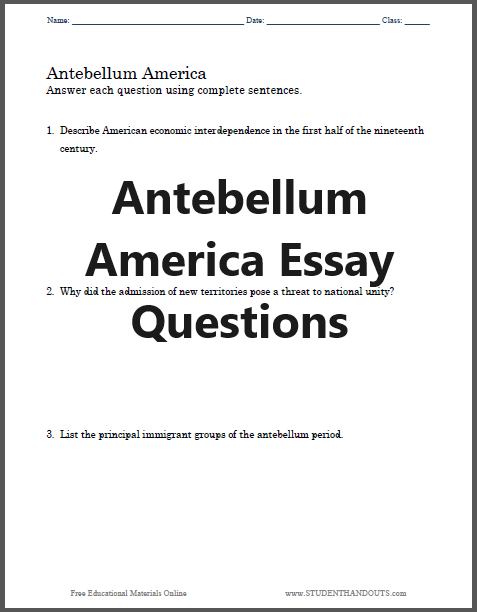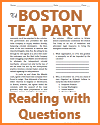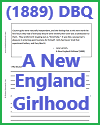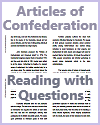| Antebellum America Essay Questions |
|---|
| www.studenthandouts.com ↣ U.S. History ↣ Westward Expansion ↣ Worksheets |
 |
    |
|
Click here to print this sheet of essay questions on antebellum America. Answers will vary. 1. Describe American economic interdependence in the first half of the nineteenth century. In the first half of the nineteenth century, the American economy developed a strong interdependence between its regions. The industrializing North relied on the agricultural South for raw cotton to supply its textile mills, while the South and the expanding West depended on the North for manufactured goods and financial services. This specialization, fueled by transportation improvements, created a national market but also heightened sectional tensions. 2. Why did the admission of new territories pose a threat to national unity? The admission of new territories threatened national unity because it forced the contentious issue of slavery's expansion. Each new state's status as free or slave risked upsetting the delicate balance of power in the U.S. Senate between North and South. This ongoing conflict over the future of slavery in the West created intense sectional strife, making compromise increasingly difficult and pushing the nation toward civil war. 3. List the principal immigrant groups of the antebellum period. The principal immigrant groups of the antebellum period (roughly 1820-1860) were the Irish and Germans. Driven by famine and economic hardship, the Irish settled mostly in Northeastern cities. Germans, fleeing political unrest and seeking farmland, often moved to the Midwest. Smaller but significant numbers of English, Scottish, and Welsh immigrants also arrived, contributing to the nation's rapid economic growth and occasionally fueling nativist sentiment. |
| www.studenthandouts.com ↣ U.S. History ↣ Westward Expansion ↣ Worksheets |








